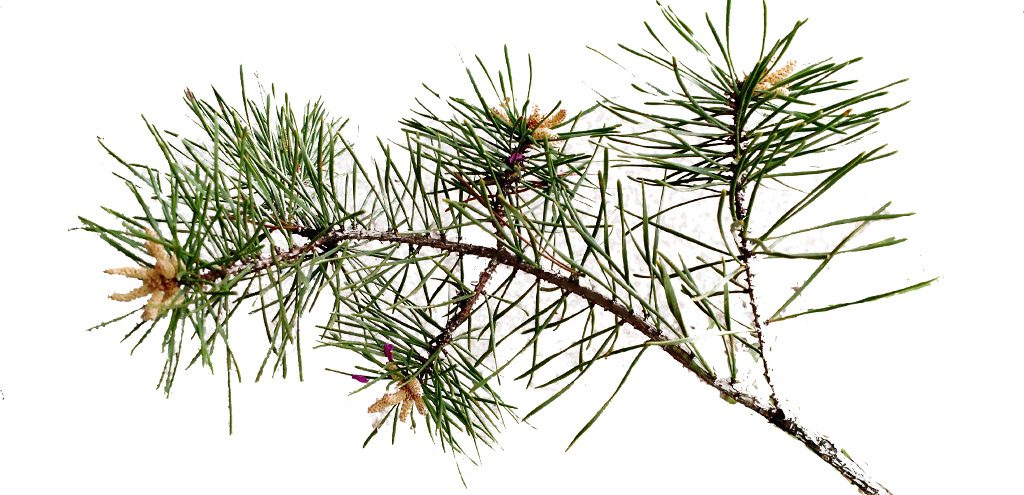
While it’s true that the majority of conifers are evergreen (their green foliage stays for a year or more), the word conifer is not synonymous with evergreen -as we discovered with deceptively deciduous trees and unsuspecting evergreens. So just what is the difference between these two types?
There is definitely overlap between the two classifications of conifer and evergreen, their definitions address entirely separate issues.
We’ll get a little technical here, but don’t be scared! Conifer is simply a term that literally means “cone bearer”. Trees and shrubs that are categorically conifers reproduce by forming a cone to contain seeds rather than a flower.
Still technical – bear with us. Whereas conifer denotes the reproductive methods of trees, evergreen pertains to the nature of tree’s leaves. An evergreen tree is a tree that keeps its leaves (or needles) all year long. (Yes, needles are leaves!).
Bonus tree nerd fact: not all cones look like a traditional pinecone. That stinky ‘fruit’ from female ginkgo trees? That’s actually a cone. The fragrant blue ‘berries’ on juniper trees that give us gin? Yup, those are cones.
TL;DR
All conifers have cones, but not all evergreens have cones.
Not all evergreens are conifers. There are many tropical trees that have broad leaves that they keep all year long and reproduce with flowers. In the tropics it simply doesn’t get that cold during winter so the trees can keep their leaves all year long.

